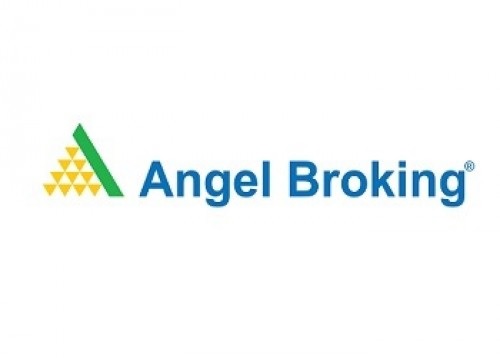Simplifying the US Stock indices for the Indian investor by Ms.Ashma Zaveri, Monarch Networth Capital

Follow us Now on Telegram ! Get daily 10 - 12 important updates on Business, Finance and Investment. Join our Telegram Channel
Below is Quote on Simplifying the US Stock indices for the Indian investor By by Ms.Ashma Zaveri, Chief Operating Officer at Monarch Networth Capital Limited
Simplifying the US Stock indices for the Indian investor
For a first timer investing in the stocks markets based in the US, the sheer size and options of leading stocks can be overwhelming. New investors or even those who are planning to get on the global investing bus may find the first step of choosing an index difficult, especially if they are planning on trading on their own.
The US stock market, housed in the world’s largest economy, is also the globe’slargest. According to Siblis Research, the total market capitalization of the US stock market, as of March 31, was $ 49.12 trillion. The market capitalization of India’s stock market, the seventh largest in the world, is around $ 2.7 trillion. This is the giant size pool and investor jumps into when putting in his/her money in US stocks.
Of course, for an investor, a great way to start is through investments in Exchange Traded Funds (ETFs) but for those who wish to pick a stock independently, the choice of indices is simple and easy to understand.
The US stock market primarily has three main indices -- The Dow Jones Industrial Average, Standard & Poor's 500 Index (S&P 500), and Nasdaq Composite
Dow Jones Industrial Average, or simply Dow Jones, is one of the oldest indexes around. It is also one of the most popular and commonly used indexes. It includes stocks of 30 of the biggest companies in the US.As the name suggests, the index mostly tracks “industrial” or traditional companies that are leaders in their own sectors. Although the composition is slowly changing, with inclusion of new-age companies, by-and-large it is still home to the blue chips. One of the advantages of the Dow Jones Industrial Average is that is less volatile than the other two major indexes. It also hosts the ETF-DJIA.
S&P 500, on the other hand, is a rather broad base stock index. It features large cap index and primarily chooses companies as per market capitalisation though other factors too have been brought into consideration over the years. Usually, this index is tracked by institutional investors as it takes into account far more larger number of companies than the Dow Jones. It mostly comprises of high growth companies and is considered the best index to follow large cap stocks. The index is more volatile than the Dow Jones Industrial Average but less volatile than Nasdaq 100. ETFs such as SPY and VOO are benchmarked to the S&P 500.
Nasdaq tracks over 2,500 companies on the basis of market capitalisation. Around 100 largest non-financial companies are listed on the Nasdaq 100. It is known for housing technology stocks, including sub sectors such as bio technology and healthcare. It also includes consumer large cap index . The Nasdaq is also known as the Modern Index because of its composition of “IT” stocks and those that are appealing to the new generation of investors. The index goes beyond US companies to include some from across the globe. It is the best gauge for investors interested in the technology sector. Nasdaq 100 is the most volatile of the three indexes and does include some speculative companies too. QQQ is one of the most popular ETFs which tracks Nasdaq 100
The US stock market has around 5,000 more such indexes, besides these. However, these are most followed and cited indexes by media and market participants alike.
To Read Complete Report & Disclaimer Click Here
Above views are of the author and not of the website kindly read disclaimer










Tag News

We anticipate immense potential benefits from the upcoming Sovereign Gold Bond Tranche in FY...










